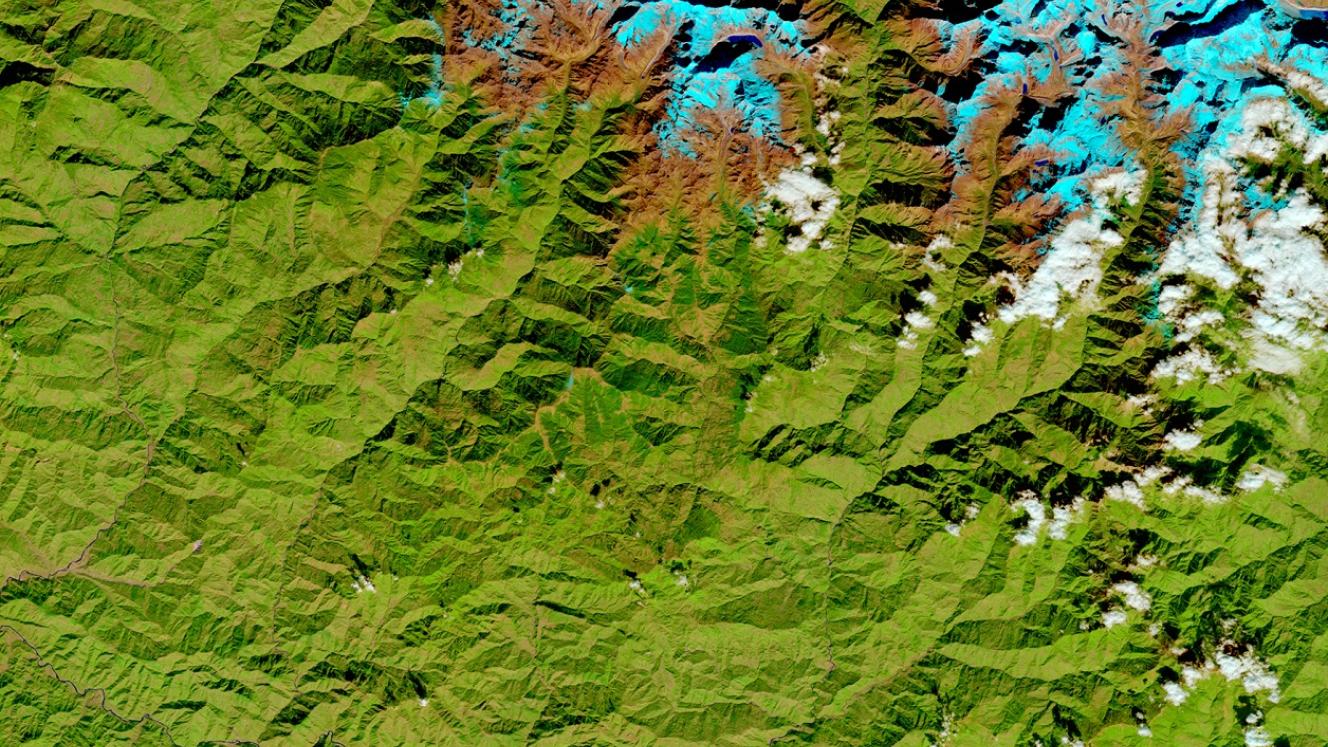IBM announced new efforts that apply its geospatial AI technologies, including IBM’s geospatial foundation model developed in collaboration with NASA, to climate efforts including analysis of urban heat islands in the United Arab Emirates (UAE); reforestation across Kenya; and climate resiliency in the United Kingdom (UK).
IBM continues to advance its AI model strategy in part through the creation, training, fine-tuning and open-sourcing of foundation models – models that can be used for different tasks and apply information from one situation to another – designed for domains beyond natural language, including geospatial applications.
These models, which are trained on geospatial information such as satellite images, present a unique opportunity to address climate change because unlike traditional AI models tailored for specialised tasks, geospatial foundation models – encompassing satellite and weather data – create knowledge representations from petabytes and exabytes of climate-relevant data that can facilitate accelerated and streamlined discovery of environmental insights and solutions. These models can also be fine-tuned and applied across a multitude of areas driving or revealing climate change, from flood detection to fire scars.
“Climate change is a real and pressing issue that we must find new ways to address as quickly and efficiently as possible, including through today’s most advanced AI technologies,” said Alessandro Curioni, IBM Fellow and Vice President, Accelerated Discovery at IBM. “AI foundation models utilising geospatial data can be a game-changer because they allow us to better understand, prepare and address the many climate-related events effecting the health of our planet in a manner and speed never before seen. We are hopeful these technologies can help accelerate the rate at which we derive and apply solutions for a safer and healthier planet for future generations.”
Analysing urban heat islands in the UAE
By the end of this century, many cities will likely experience disruptive and excessive heat waves if GHG emissions continue at high levels. To develop sustainable and equitable plans to keep cities habitable, the rising heat levels must be accurately mapped and addressed.
IBM and the Mohamed Bin Zayed University of Artificial Intelligence (MBZUAI) are pioneering an attempt to apply foundation models to the mapping of urban heat islands – areas with significantly higher temperatures compared to surrounding locations. This innovative research specifically applies a fine-tuned version of IBM’s geospatial foundation model to understand the urban environment in Abu Dhabi and how the underlying landscape in the UAE impacts the formation of urban heat islands.
To date, the model has informed efforts that have succeeded in a reduction of heat island effects in the region by more than 3oC . Going forward, the model is expected to continue to provide unique insights that inform the development of urban design strategies designed to help reduce urban heat stress in changing climates.
Advancing reforestation and water sustainability in Kenya
In December 2022, President of Kenya H.E. D.R William Ruto unveiled the National Tree Growing and Restoration Campaign designed to plant 15 billion trees across Kenya by 2032, including in areas of critically affected water towers – forested landscapes that retain water and source many rivers throughout Kenya. While water towers account for about three quarters of the nation’s water resources, deforestation is contributing to increasing water scarcity in these regions.
IBM and the Kenyan government’s office of the Special Envoy for Climate Change Ali Mohamed have signed a Memorandum of Understanding (MoU) to support the National Tree Growing and Restoration Campaign through a new “adopt-a-water-tower” initiative. The effort will be fueled by a new digital platform that leverages IBM’s geospatial foundation model to enable users to track and visualize tree planting and tree growing activities in specific water tower areas. Local developers can also create fine-tuned models combining the IBM geospatial model with their own localized information to monitor forest restoration and measure above-ground biomass such as sequestered carbon, ultimately mobilizing on-the-ground efforts to plant more trees across Kenya’s water tower regions.
Elevating climate resiliency across the United Kingdom
In 2021, IBM and the Science and Technology Facilities Council’s (STFC) Hartree Centre collaborated to explore the application of next-generation technologies including AI from IBM to address climate risk and resiliency across the UK.
Now, IBM, STFC and Royal HaskoningDHV, a global consulting engineering company, have collaborated to establish a new service, leveraging IBM’s geospatial AI tools, that seeks to automate and scale climate risk assessment processes for organizations. The service’s first use case will focus on the aviation sector, in which IBM’s geospatial AI will assess impacts weather-related issues, including:
- Short-term impact of extreme weather on aviation operations.
- Long-term impact of climate change on future airport operations and infrastructure.
In addition, IBM and STFC Hartree Centre, through the Hartree National Centre for Digital Innovation, are advancing a new area of research with Dark Matter Labs and Lucidminds, as part of their TreesAI project. The research project will apply IBM geospatial AI technologies to their Green Urban Scenarios (GUS) model to map urban locations where trees can be planted to help alleviate the risk of surface water flooding. The effort will eventually inform an end-to-end digital planning platform for urban planners, project developers and green urban investors across the UK.
Extending NASA collaboration to apply generative AI to weather
Beyond their initial commitment to build and deploy a geospatial foundation model, IBM and NASA have also announced work on a new, separate AI foundation model for weather and climate. By applying AI technology from IBM, the model aims to improve the accuracy, speed and affordability of weather forecasting and other climate applications. Sample applications of the model not only include forecasting, but also super-resolution downscaling, identifying conditions conducive to wildfires, and predicting meteorological phenomena. IBM researchers will work alongside NASA domain experts to train and validate the model.














